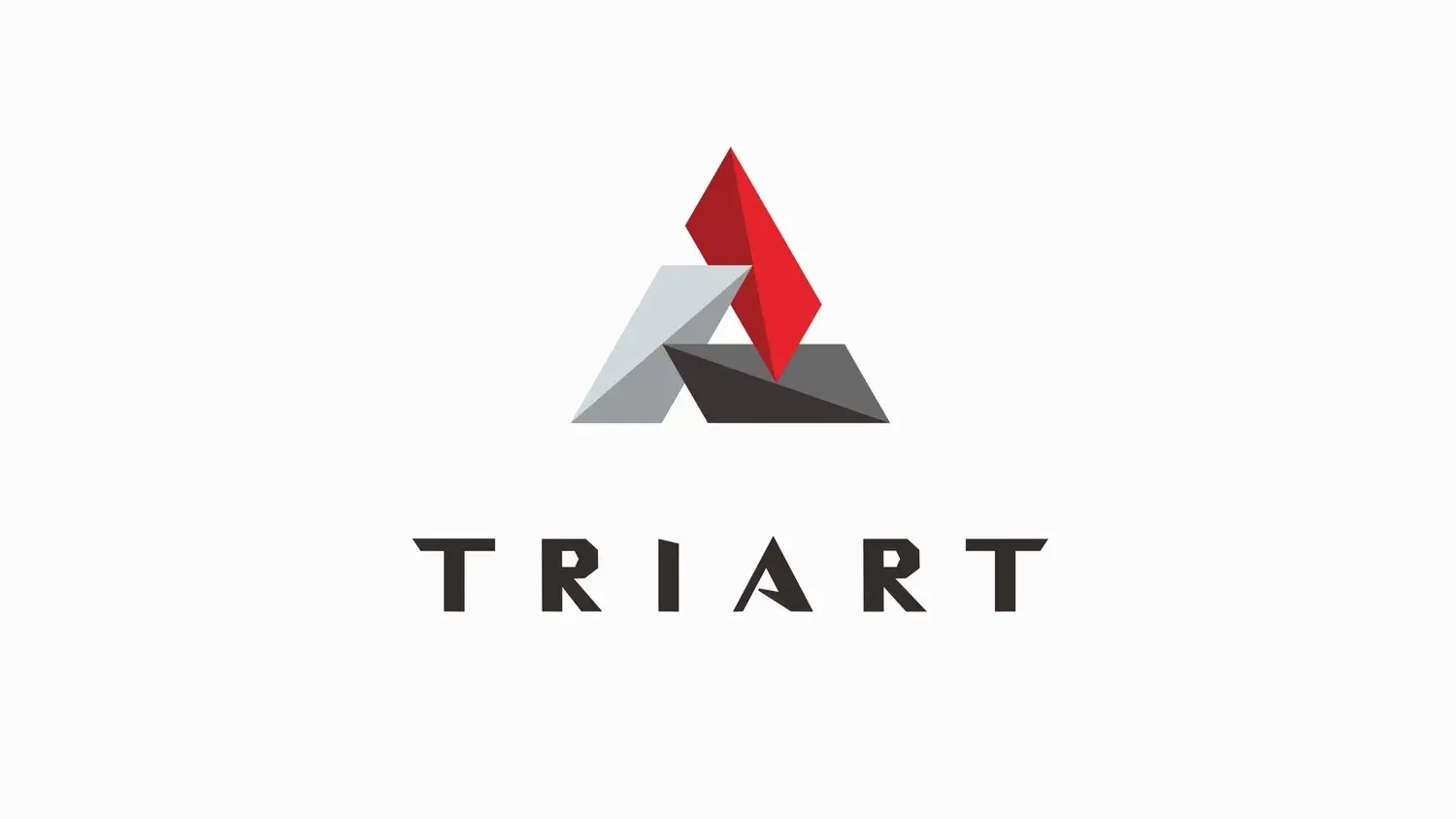Customer Reviews

Construction Industry
MIIDEL was chosen without any hesitation for its intuitive operability.
Both drawings and forms, as well as sudden revision tasks, have become significantly easier!
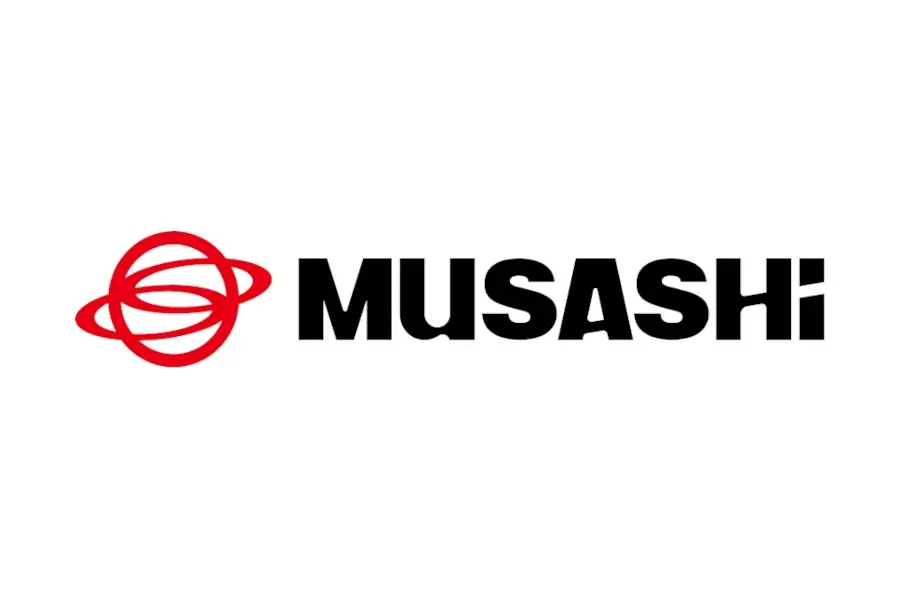
Musashi Seimitsu Industry Co., Ltd.
Case of the PT-GB Division
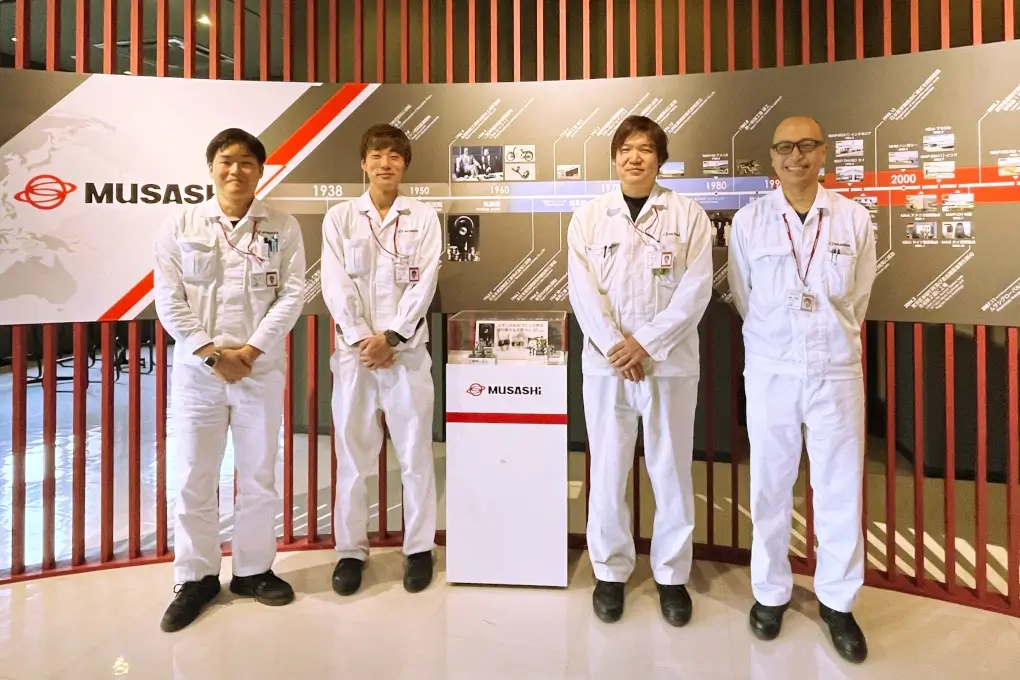
Interviewee
Musashi Seimitsu Industry Co., Ltd. the PT-GB Division GB Production Technology Group 2
Group Manager Mr. Akira Eto
Mr. Takashi Saito
Mr. Gaku Fujita
Same GB Production Technology Group 1
Mr. Yuuki Nagayama
From left to right in the photo: Mr. Fujita, Mr. Nagayama, Mr. Saito, Mr. Eto
Musashi Seimitsu Industry Co., Ltd. is a world-leading automobile and motorcycle component manufacturer established in 1938, focusing on the development and manufacturing of power transmission systems and chassis components. We interviewed several individuals who used MIIDEL in the precision component manufacturing process (honorifics omitted).
MIIDEL (hereafter referred to as M): How does Musashi Seimitsu Industry Co., Ltd. use MIIDEL in daily operations? Is it mainly used to check for differences between old and new manufacturing drawings?
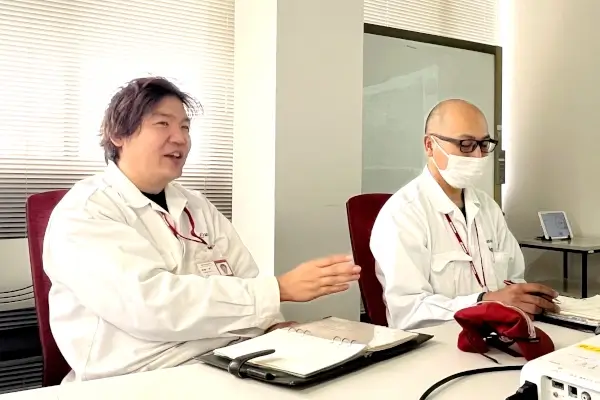
The two people who discussed the drawing checking work and found MIIDEL online (Mr. Saito and Mr. Eto)
Mr. Saito (honorifics omitted):Yes, because some customers provide paper drawings, so we compare not only electronic data but also PDF files of scanned drawings with handwritten comments. Scanned drawings sometimes may be distorted, but we must responsibly and carefully verify the materials provided to us by the clients. Before introducing MIIDEL, we used to treat the original drawing and its copy as a set, using red and blue pens for double-checking on the copy. Now, we attach MIIDEL’s comparison results to the original drawing for approval. Just by looking at the results, we can easily confirm the accuracy of the approval. Additionally, we use it not only for checking drawings but also for verifying revisions related to the drawings.
M: How often are the revisions of the forms?
Mr. Nagayama (honorifics omitted):Sometimes there are none, but at times, there can be dozens of sets all at once. When there are changes in the specifications or markings on the client’s side, all the parts provided for that client change.
Saito:When there are changes, as there are related forms within the company, all forms related to that drawing must be modified.
M: It seems that when the peak period of form modifications arrives, it also affects other work. Is such a review done regularly, or does it happen without any warning?
Saito:When needed, checks happen suddenly without any warning. In addition to these irregular reviews, there are also regular audits. The automotive industry’s work system is based on the IATF* standards, but in this process, when there is a need to change the markings on the forms, the number of parts designed may increase by dozens. Previously, even a small difference required a lot of effort to find.
Nagayama:In the past, finding a problem felt like a disaster, but with MIIDEL, it’s much easier.
M: What was the deciding factor in choosing to implement MIIDEL?
Mr. Eto (honorifics omitted):I had previously investigated difficulties within the department, among which the most significant was that the checking of drawings and forms was all done manually. So, we discussed how to solve this issue. Therefore, I also consulted with Saito, gathered information about various tools, and finally narrowed down the options to three products, including MIIDEL, and made the final decision after a trial period. We listed the features we wanted and the operations we wanted to perform, and after assessing their feasibility, we chose MIIDEL without hesitation. Other products either had too many buttons, making it hard to find the needed features, or their settings were too complicated. In this regard, MIIDEL had an overwhelming advantage in terms of ease of use.
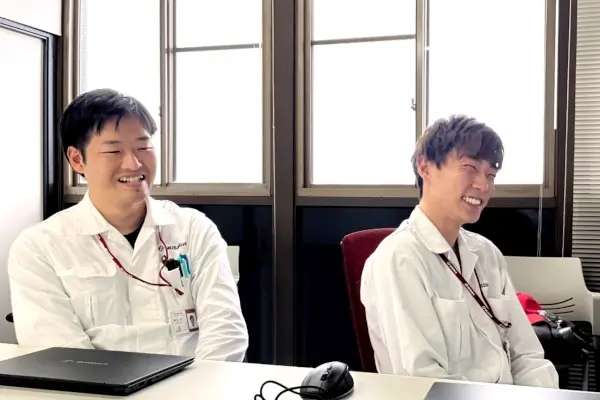
Two people who use MIIDEL the most among the group
(Mr. Fujita and Mr. Nagayama)
(Mr. Fujita and Mr. Nagayama)
Saito: A very useful feature of MIIDEL is the ability to cut a part of the drawing and move it to the desired location, and it automatically attaches to the comparison object. Drawings often change their layout with changes in information. To make space for adding part descriptions, the position of the tables often changes. This convenience of comparison is one of the reasons we strongly recommend it. Additionally, what surprised us was the speed of developing new features in MIIDEL. Since its introduction a year ago, many new features have been added, making it even more convenient. This was something we hadn’t considered during the initial evaluation. It’s been a pleasant surprise.
M: Thank you for choosing MIIDEL among many options. Indeed, it has helped improve work efficiency compared to manual comparison.
Nagayama:The two of us (Mr. Nagayama and Mr. Fujita) use MIIDEL the most, and each person’s work time (even with cutting and other correction operations) has been reduced by at least half. When comparing electronic data, it’s even faster.
Mr. Fujita (honorifics omitted): The more pages compared at once, the better the result. Previously, double-checking was required, which took exponentially more time.
Eto: It’s not just the efficiency of traditional work, but MIIDEL is also used in other aspects of work. For example, to revise estimates and modify drawings, or to make minor verifications.
Nagayama: I do too, although unrelated to checking and approval, I use it to understand the specification differences in similar components. Additionally, it can be used to see where changes have been made in a PowerPoint created by someone. Since it’s a comparison between electronic data and the paper size is fixed, it’s very easy to understand.
M:That’s great! Everyone is using MIIDEL every day.
Fujita:Just by watching how others use it, you can use it directly without looking at the manual; it’s very simple and has a high satisfaction rate!
Saito:Every version upgrade meets customer needs and continually develops new features, letting us know our feedback is being taken into account, which is really gratifying. We are also looking forward to MIIDEL8.
M: Thank you! We are thrilled to think that we are helping professionals whose work requires precision and rigor. We greatly appreciate your time today in sharing such insightful perspectives!
*IATF = International Automotive Task Force, also known as the “Special Committee of the International Automotive Industry”. The “IATF16949 Certification System” operated by this organization is an international standard for quality management systems specific to the automotive industry, unlike ISO9001 and other standards.
This article is a translation of an interview conducted in Japanese.
Please refer to the Japanese page for accurate content.

